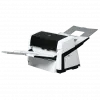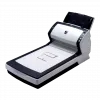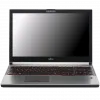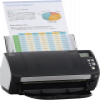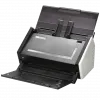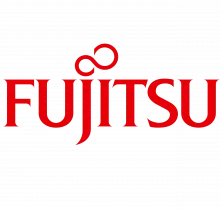
Fujitsu Limited (富士通株式会社 Fujitsū Kabushiki-Kaisha) is a Japanese multinational information technology equipment and services company headquartered in Tokyo, Japan. It is the world's second-largest IT services provider measured by revenues (after IBM).
Fujitsu chiefly makes computing products, but the company and its subsidiaries also offer a diversity of products and services in the areas of personal computing, telecommunications and advanced microelectronics. It has approximately 172,000 employees and its products and services are available in over 70 countries.

